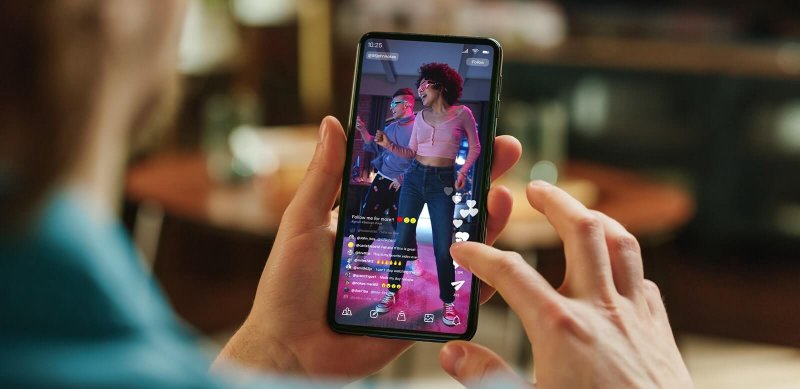
In today's fast-paced digital world, content creators have a plethora of options to choose from when crafting their next piece. The age-old question remains: which type of content resonates better with audiences - positive or negative? While some may argue that controversy or negativity can capture attention more effectively, the truth is that positivity often wins in the long run.
In this article, we'll explore the reasons why positive content is more effective, engaging, and beneficial for both creators and their audiences.
Emotional Connection
One of the primary reasons why positive content reigns supreme is its ability to create an emotional connection with the audience. Positive emotions, such as happiness, joy, and inspiration, foster a sense of warmth and familiarity, making people feel more connected to the content they consume. This emotional connection not only increases engagement but also helps to build trust and loyalty between the creator and their audience.
Improved Mental Health
The power of positive content extends beyond mere entertainment. Studies have shown that consuming positive content can have a significant impact on mental health and overall well-being. Exposure to positive emotions through content can help reduce stress, anxiety, and depression, while fostering a sense of optimism and resilience. In a world that is often plagued by negativity and bad news, positive content serves as a much-needed antidote, providing a refreshing break from the daily grind.
Enhanced Creativity
Creativity is a vital aspect of content creation, and positive content can help fuel the creative process. When creators are in a positive mindset, they are more likely to generate innovative ideas and produce higher quality work. Furthermore, positive content can inspire others to tap into their own creativity, leading to a ripple effect of innovation and originality.
Better Engagement
In the world of social media and digital marketing, engagement is a crucial metric for success. Positive content tends to generate higher levels of engagement, as people are more likely to share, like, and comment on content that makes them feel good. This increased engagement not only boosts the visibility of the content but also helps to build a strong and loyal following for the creator.
Long-term Success
While negative content may generate short-term buzz and attention, positive content is more likely to lead to long-term success. Audiences are more likely to return to creators who consistently produce uplifting and inspiring content, as they associate these creators with positive emotions and experiences. Over time, this loyalty can translate into a thriving community of followers, increased revenue, and a lasting impact on the creator's career.
Social Impact
Positive content has the power to inspire change and make a real difference in the world. By sharing stories of hope, kindness, and resilience, creators can help raise awareness about important issues and inspire their audiences to take action. This social impact not only benefits the cause at hand but also enhances the creator's reputation as a thought leader and advocate for positive change.
Personal Growth
Creating positive content can also have a profound impact on the creator's personal growth. By focusing on the positive aspects of life, creators can cultivate a more optimistic and resilient mindset, which can lead to increased happiness, satisfaction, and overall well-being. Additionally, the process of crafting positive content can help creators develop valuable skills, such as storytelling, empathy, and creative problem-solving.
Balancing Negativity
In a world where negativity often dominates the headlines, positive content serves as a necessary counterbalance. By highlighting the good in the world, creators can help shift the narrative and provide a more balanced perspective on current events and societal issues. This balance is crucial for maintaining a healthy and informed society, as it prevents people from becoming overwhelmed by negativity and despair.
Conclusion
While negative content may occasionally capture attention, the long-term benefits of positive content are undeniable. By fostering emotional connections, improving mental health, enhancing creativity, and inspiring social change, positive content has the power to make a lasting impact on both creators and their audiences.
As we continue to navigate an increasingly complex and challenging world, the importance of positive content will only continue to grow, offering a beacon of hope, inspiration, and connection in an often turbulent landscape.







0 Comments
Post Comment
You will need to Login or Register to comment on this post!